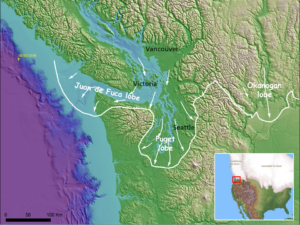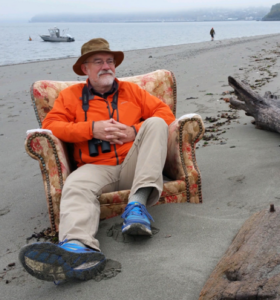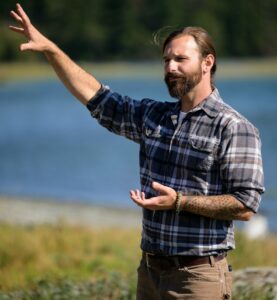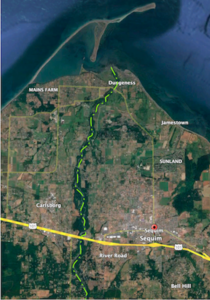
Post-Mortem of Southern Cordilleran Ice Sheet
The Lecture: Post-mortem of the southern Cordilleran Ice Sheet
Death of an ice sheet can have many causes, as shown by retreat of the southern Cordilleran Ice Sheet about 15,000 years ago. East of the Cascades, the margin of active south-flowing ice retreated north as less snow fell and more melted. West of the Cascades, the Juan de Fuca lobe of the ice sheet appears to have floated away in response to rising sea level, perhaps without a proximal climatic cause. Collapse of the Juan de Fuca lobe diverted ice from the Puget lobe, which consequently stagnated at its margin and rapidly melted back. Later Sumas ice readvance in the Fraser Lowland may reflect stabilization of the remnant ice sheet by grounding as local sea level fell, followed by climate-driven retreat.
For a more detailed abstract, please see Ralph Haugerud’s detailed abstract Jan2024.
The Speaker
 Ralph Haugerud is an exceptional geologist. Many describe him as a structural geologist and geologic mapper interested in the evolution of the Pacific Northwest, and many know about his popularity from being featured on Nick Zentner’s programs.
Ralph Haugerud is an exceptional geologist. Many describe him as a structural geologist and geologic mapper interested in the evolution of the Pacific Northwest, and many know about his popularity from being featured on Nick Zentner’s programs.
Ralph is a Seattle native, with BS and MS degrees from Western Washington University and a PhD from the University of Washington. He began his career looking deep in the Earth’s crust at gneiss and tonalite in the North Cascades, moved on to study turbidites, then glacial till, and now spends much of his time looking at lidar topography. He is employed by the USGS and lives in Wenatchee, Washington.


 The Speaker
The Speaker